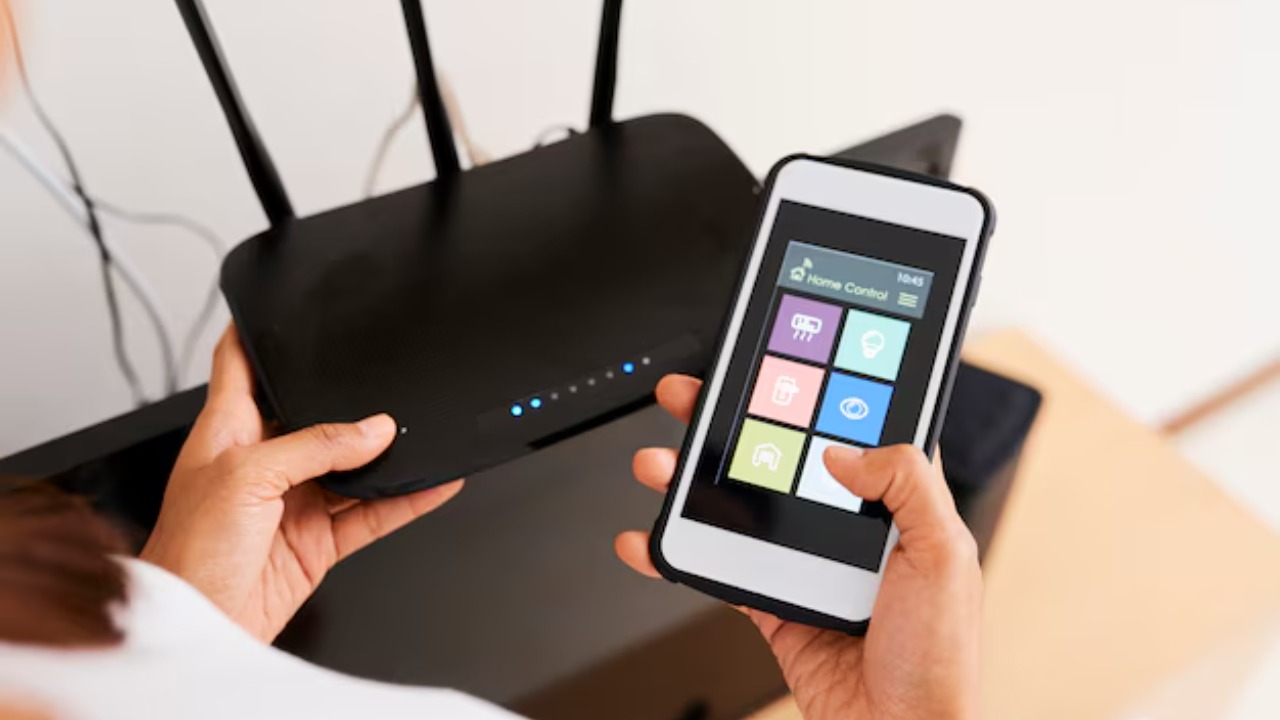
Unauthorized access to WiFi networks continues to be a prevalent issue, with potential intruders threatening both your bandwidth and privacy. Proactive monitoring of your network is crucial to detect and remove these unwanted guests. This guide will walk you through the process of identifying if someone is using your WiFi and how to secure your network against future breaches.
Recognizing Performance Slowdowns
One of the first signs of unauthorized WiFi usage is a sudden drop in internet speed during normal usage. This could indicate that additional devices are connected to your network, draining your bandwidth. Persistent interruptions in streaming or downloading, even on high-speed plans, are also indicative of potential unauthorized usage. It’s important to monitor your internet speed and performance regularly to detect any unusual activity. Business Insider provides a comprehensive guide on how to identify network strain.
Another red flag is higher-than-expected data usage on your bill. If you notice a significant increase in your data consumption without a corresponding increase in your usage, it’s possible that hidden connections are using your WiFi. PCMag offers examples of how this can flag unauthorized access.
Accessing Your Router Settings
To confirm if someone is using your WiFi, you can log into your router’s admin panel via its IP address, usually 192.168.1.1. Here, you can view a list of all devices connected to your network. Digital Trends provides a detailed guide on how to do this.
Once you’re in, look for any unknown devices connected to your network. These can be identified by their MAC addresses or names. Compare these against the devices you own to spot any intruders. It’s also a good idea to save or export the device list for ongoing monitoring. Remember, using default credentials for your router can make it vulnerable to unauthorized access, as explained by PCMag.
Using Built-in Network Tools
Windows users can access the command prompt to run “netstat” or “arp -a” commands. These commands list all active connections, helping you identify any unauthorized devices on your network. Digital Trends provides a step-by-step guide on how to use these commands.
For macOS users, the Wireless Diagnostics tool can be used to scan for nearby networks and potential intruders. Additionally, router-specific apps from manufacturers like Netgear or TP-Link offer real-time device tracking, as highlighted by PCMag.
Employing Third-Party Scanning Apps
Third-party apps like Fing or Wireless Network Watcher can also be used to scan and display all devices connected to your WiFi. These tools are free and provide a comprehensive view of your network. Digital Trends recommends these tools for network monitoring.
Mobile apps such as NetSpot offer deeper analysis of signal strength and can identify unauthorized access points. However, it’s important to be aware of the privacy risks associated with these apps. They can potentially be used for phone spying, as discussed by Top10VPN.
Spotting Related Device Compromises
Indirect signs of WiFi-related hacking can also be seen on your connected devices. For instance, unusual battery drain or data spikes on your phone could indicate that your WiFi network has been compromised. McAfee provides a detailed guide on how to spot these signs.
Pop-ups or unfamiliar apps appearing on your devices could also be a result of shared network vulnerabilities. Enabling firewall logs on your router can help detect suspicious traffic patterns from unknown sources, as explained by PCMag.
Securing Your WiFi Network
Once you’ve identified and removed any unauthorized users from your network, it’s important to secure your WiFi against future breaches. Changing the default router password and enabling WPA3 encryption can help block unauthorized access. Digital Trends provides a detailed guide on how to do this.
Hiding your SSID and setting up MAC address filtering can also enhance your network security. This allows only approved devices to connect to your WiFi. Regular firmware updates and setting up a guest network can further minimize risks from shared connections, as suggested by PCMag.
More from MorningOverview